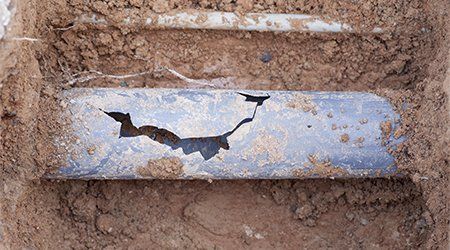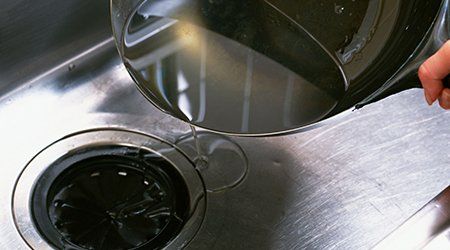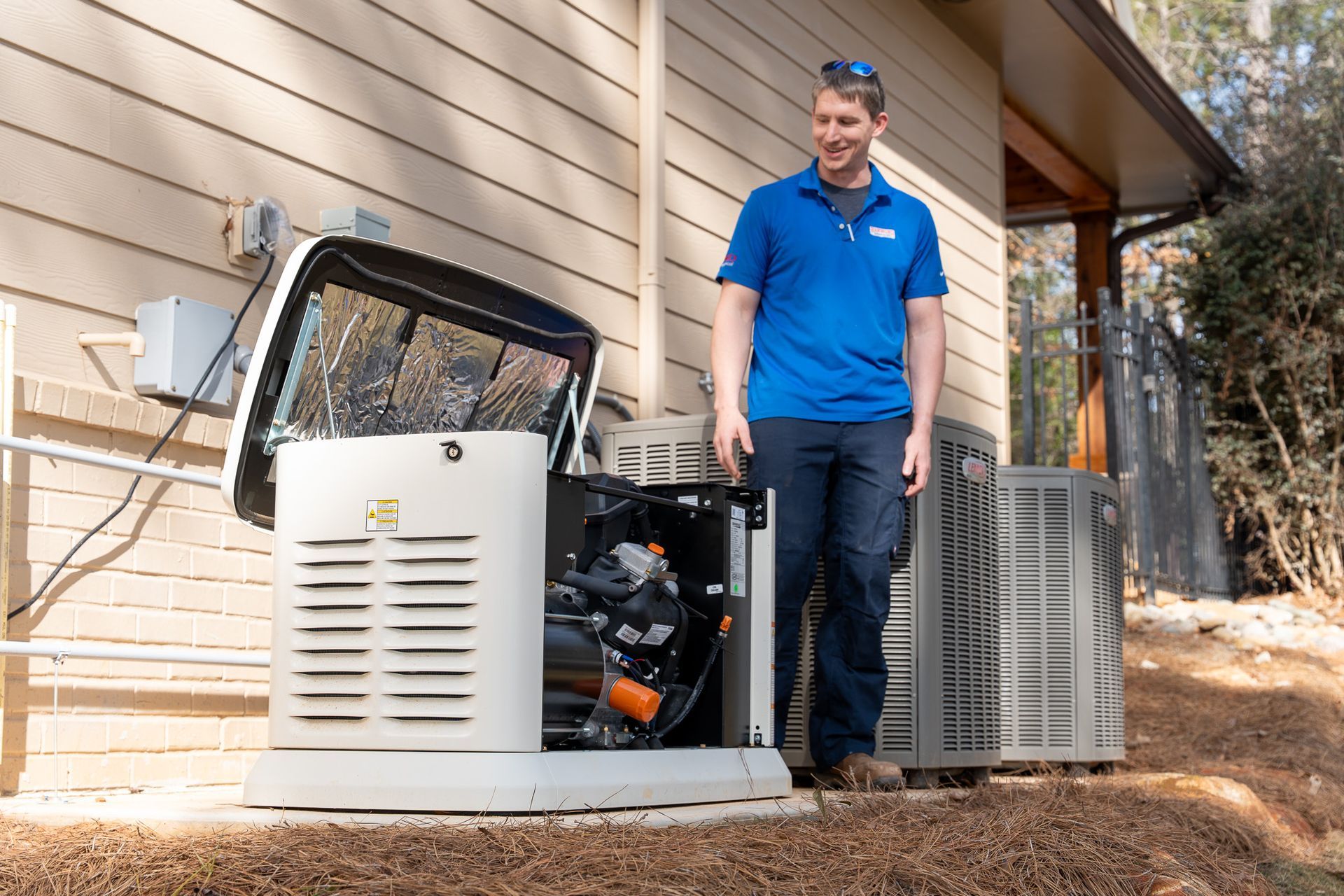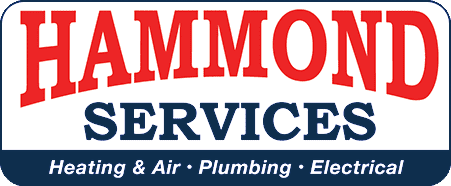Sewage Backflow or Backup? Here’s How to Identify Both
When there are serious problems with your drainage system, it is not unusual for wastewater to seep into your basement. Having to deal with wastewater within your home can be a distressing and revolting experience.
In our decades of providing drain cleaning services in Peachtree City, we have got calls for backflow issues when it was actually drainage backup. And vice-versa. Drainage backup and backflow are two different problems and requires professional skill to identify and solve. Both these situations are usually indistinguishable for laymen since both deal with wastewater leaking into your home.
So here is a closer look into these two issues, the causes, signs and preventive measures.
Difference between backflow and backup
Let us start with understanding the difference between the two.
When a major obstruction or pipe damage disrupts the draining of wastewater away from your house, it is termed sewage backup. Backup is when you have standing water in your sink or shower. If left unattended, it can get worse, and wastewater will flow up your drainpipes.
Fully functional plumbing systems are designed to facilitate the flow of water in a single direction. This is integral to keep clean water and wastewater separate and ensure proper sanitation. However, certain circumstances such as floods can reverse the direction of water in your pipes, leading to wastewater to flow back into clean water supply and making it unhygienic. As a result of backflow, wastewater can flow out from various outlets such as toilets, gutters, dishwashers, washing machines and sprinklers.
Unless you are a trained plumber, it is impossible to effectively fix backflow of backup issues and restore proper drainage flow without the aid of
drain cleaning services company in South Metro Atlanta area.
Causes of backflow and backup
Damage to sewer line due to cracks in old pipes or tree roots blocking the flow of wastewater are the top causes of both sewage backup and backflow. Sometimes, even if everything is alright on your end, blocks at the municipal source can cause backups or backflow into homes. A broken or malfunctioning backflow preventer may also lead to backflow issues.

Signs of sewage backup and backflow
If you are experiencing sewage backup, you may notice signs such as:
- Foul odours from the drains
- Air bubbles in toilets and drains
- Slow drainage throughout the house
- Wastewater pushing out through the sewage cleanout pipe
And if it is a case of sewage backflow, you may notice all the above signs plus the following:
- Water that tastes different or bad
- Issues with water pressure in pipes
- Dirty water flowing through your faucets
In case you notice any of the signs around your house, get a drain cleaning services expert in Peachtree City to inspect your drainage systems immediately.
Ways to prevent sewage backflow and sewage backup
Implement the following measures to prevent problems of sewage backup:
- Regular maintenance of the pipeline connecting your house to the municipality’s sewer.
- Do not pour grease or cooking oil down the drain and risk clogging the drain later on.
- Proper disposal of diapers and sanitary napkins and refrain from flushing these down your toilet.
- Install a backflow prevention valve.

Sewage Backup or Backflow – both can cause problems
Both sewage backup and sewage backflow can cause serious damage to your floor, walls, furniture and fresh water supply and ultimately your health. Without the assistance of trained drain cleaning professionals you may be faced with huge bills for cleaning and restoration work.
Ensure that you have the number of a professional drain cleaning company in Peachtree City saved on your phone. As soon as you see the signs of backup or backflow, get in touch with drain service experts to minimize damage and potential health hazards due to wastewater seepage. Do you have Hammonds Services number saved? Here you go (770) 227-5325.












